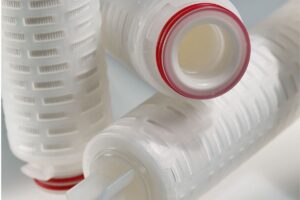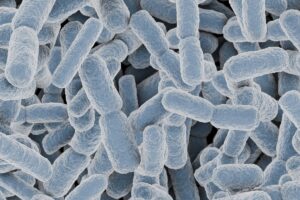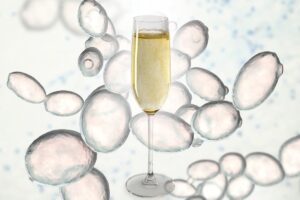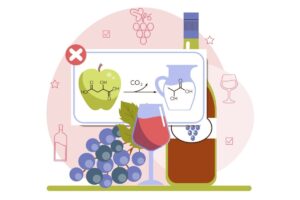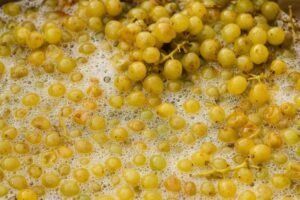Microbial Control: Protecting Your Craft from the Inside Out
Every winemaker knows that fermentation is a delicate dance between art and science. Behind every great wine lies a thriving microbial ecosystem—some organisms we invite, others we need to keep far away. Mastering that balance is what separates clean, stable wines from those plagued by faults, spoilage, or inconsistency.
Fermentation: Harnessing the Right Microbes
During alcoholic fermentation, controlling microbial populations ensures your chosen yeast strain dominates the process. This helps achieve a complete and predictable transformation of sugars into alcohol and CO₂ without unwanted by-products that can dull aroma or flavor.
In malolactic fermentation, Oenococcus oeni converts malic acid to the softer lactic acid, reducing sharpness and enhancing mouthfeel. But MLF is also a vulnerable moment: the wine’s natural defenses are low, and spoilage microbes can easily gain ground. When MLF isn’t desired, those bacteria must be inhibited completely to protect the wine’s integrity.
Spoilage Risks During Aging and Storage
Even after fermentation, wine remains susceptible to contamination from a host of microbial culprits:

Wines with lower acidity or alcohol, residual sugar, or no malolactic fermentation are especially at risk. Once spoilage takes hold, the resulting defects can render wine unsellable.
Smart Solutions from ATPGroup
ATPGroup offers a complete toolbox for microbial control from fermentation through bottling. Whether you’re looking to prevent spoilage, stabilize after MLF, or protect delicate styles, our antimicrobials help ensure clean, consistent results.
- Vin-Chito® – A high-molecular-weight chitosan derived from Aspergillus niger, this vegan-friendly, non-allergenic antimicrobial effectively targets spoilage organisms like Brettanomyces, Acetobacter, and Lactobacillus.
- Vin-Lyso – A powdered lysozyme sourced from egg whites that selectively controls lactic acid bacteria in wine. Ideal when biological stability is needed before or after MLF.
- EfferGuard – White effervescent granules of potassium metabisulfite blended with potassium bicarbonate and citric acid that dissolves quickly and releases SO₂ evenly from top to bottom, making it ideal for applications where mixing isn’t practical.
Because the effectiveness of antimicrobial products depends on factors like pH, alcohol content, and the specific microbes you want to control, your ATPGroup Enology Products Specialist can help tailor a program for your wine.
For more information, contact your ATPGroup Enology Products Specialist or Technical Support Representative, call (707) 836-6840, or visit ATPGroup.com.
